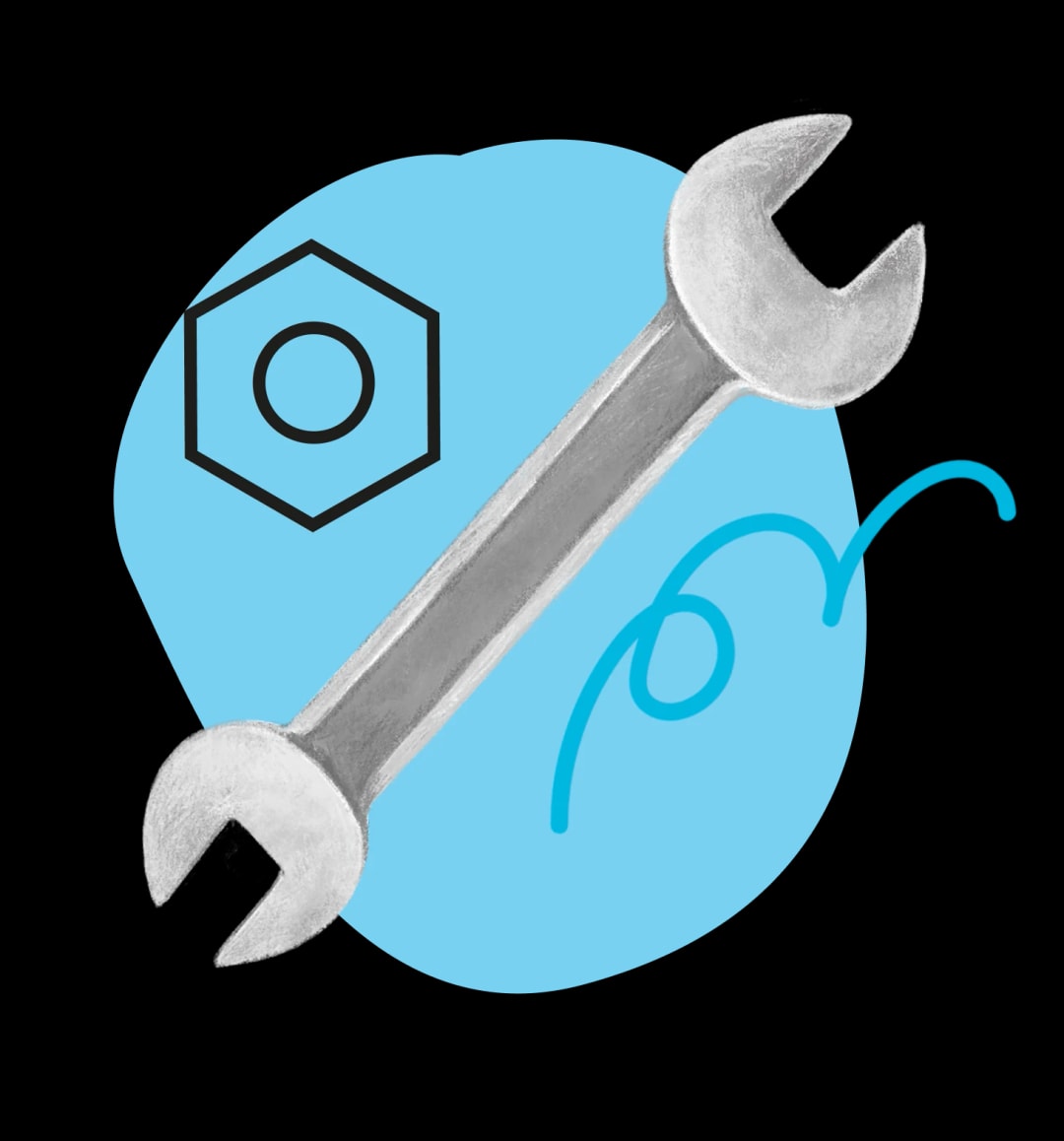
Read our troubleshooting guides below.
Yes, many common problems like frozen apps, WiFi issues, or overheating devices can be resolved at home using simple steps. That’s why we’ve created step-by-step service guides for phones, dishwashers, and more.
If your device doesn’t respond to basic troubleshooting - or if there’s a risk of electric shock, water damage, or parts failure - it’s safer to get expert help. Service Box protection plans cover professional repairs and replacements, so you're never left without support.
We’re expanding our guide library all the time. Right now, we offer home fix tips for phones, kitchen appliances, TVs and more. Visit the Guide Hub to explore what’s available.
DIY fixes are great - until they aren’t enough. Our appliance cover plans include expert engineers, free replacements if items can’t be fixed, and peace of mind for when things go wrong.
Disclaimer: The information provided by Service Box is for general guidance only. Attempting repairs on your own appliances or devices carries risk. Some repairs may void the manufacturer's warranty, and Service Box accepts no responsibility for any damage, costs, injury, or issues arising from attempts to carry out repairs based on this information. Always take proper safety precautions, especially when working with electrical equipment, to avoid the risk of electric shock, and be aware that electronic components can be damaged by static discharge. Check your manufacturer's warranty documentation before attempting any repair, and if in doubt, consult a qualified professional.
Give us a call on 0800 802 1892 and a member of our team will be happy to help.